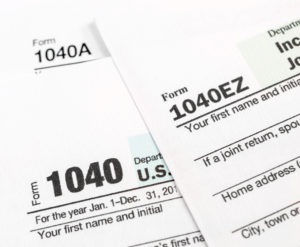REEMPLOYMENT: HOW IT AFFECTS YOUR PENSION
After retiring, many people reenter the workforce to make extra money, pursue different interests, or keep busy. As a retiree of an Ohio public pension system, the type of job you take after retirement and the timing of your start date can affect your pension benefits.

 Reemployment in a Public Sector Job
Reemployment in a Public Sector Job



